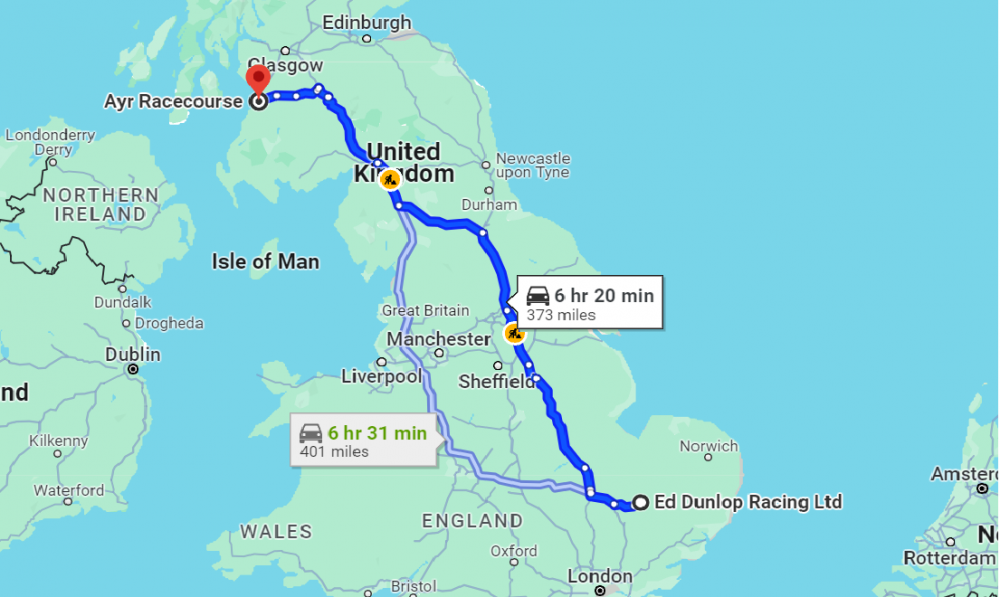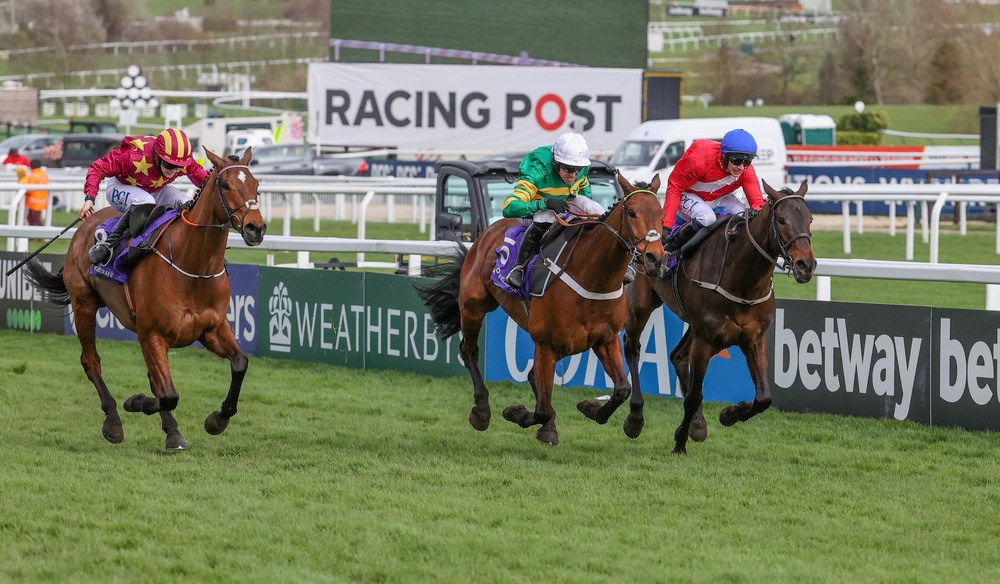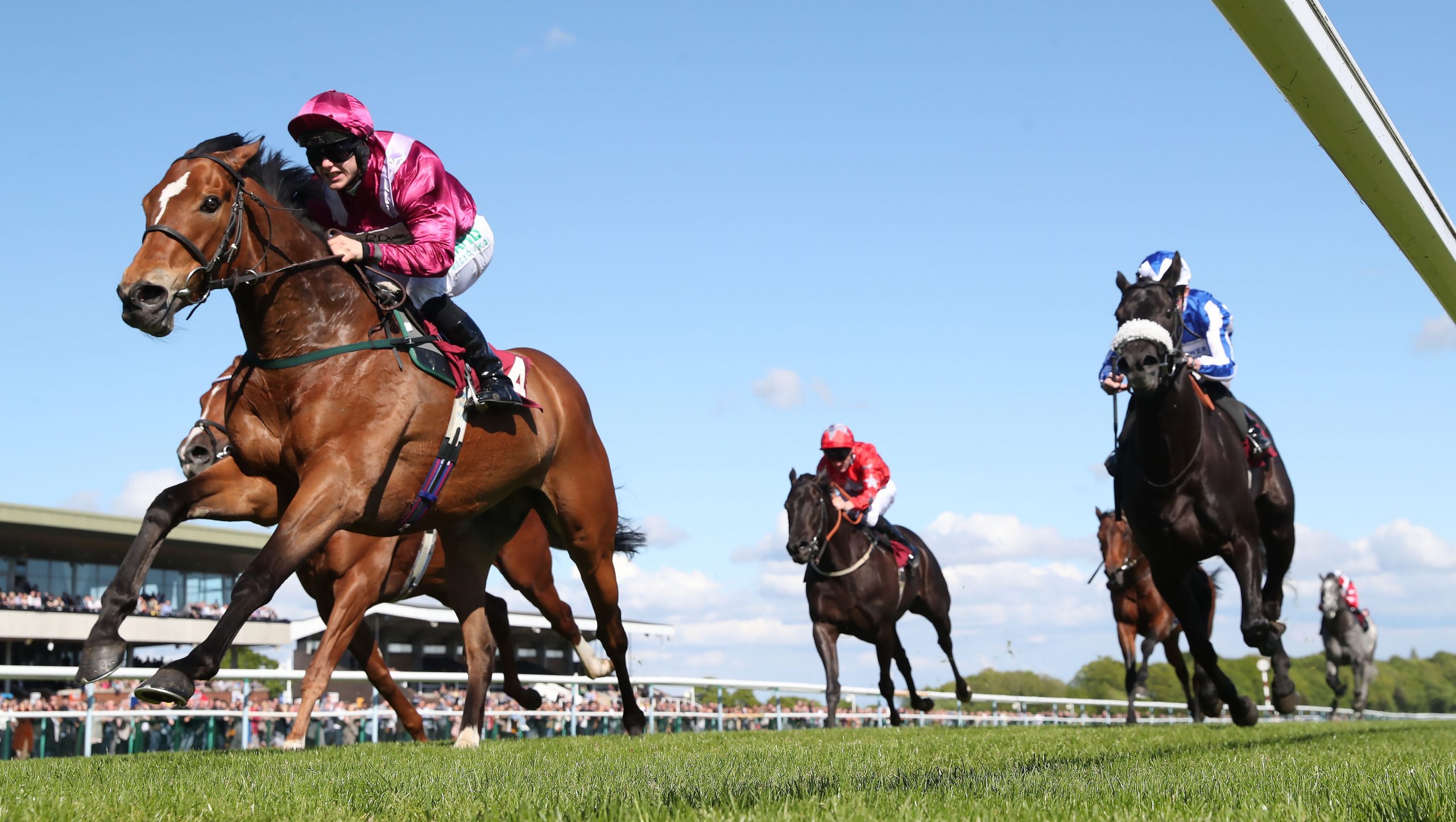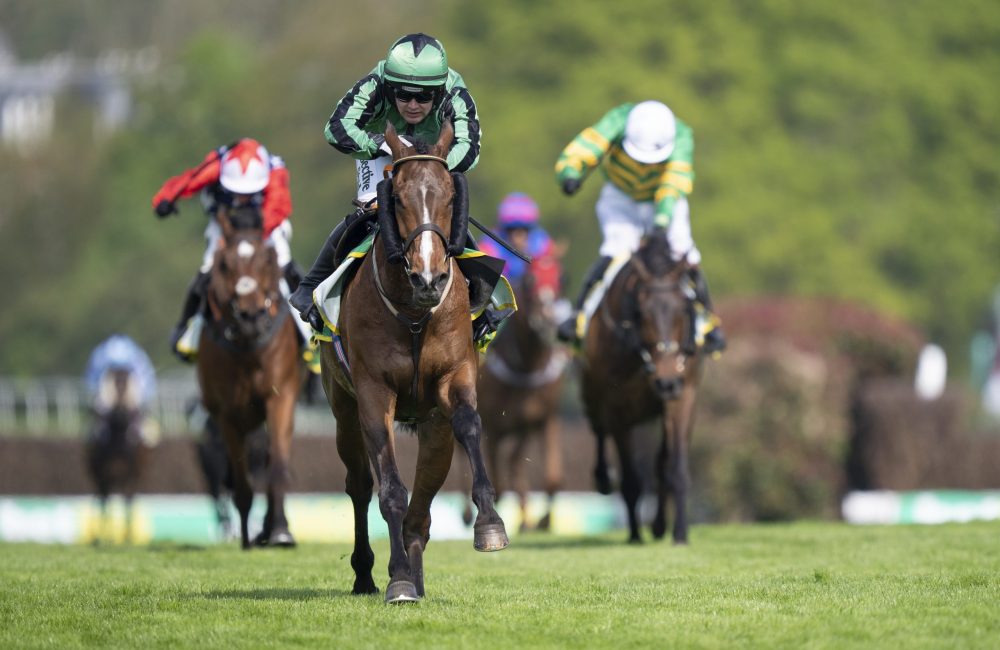
What is a Heritage Handicap?
In horse racing there are many different classes of flat races. This is designed to get the very best horses to compete against each other, plus also give those with limited ability the chance to run against horses that are at a similar level.
After three runs every horse qualifies for a handicap mark and this rating is then assessed by ‘the handicapper’ each time it runs. An improved run will see its handicap mark rise, while a poor effort will see it drop. Meaning that the more runs a horse has then it will eventually find it’s right level.
During the early part of a horses career they can often improve very quickly and with that rise up the handicap ranks to run in better and more valuable races. If a horse continues to improve then it can even be deemed too good to run in handicap races and move into Listed or Group One, Two and Three Class contests – races like the Epsom Derby and Oaks are Group One flat races and the highest level.
Each day you can find the full race details, including the class, on our daily racecards page.
See below the top level of different classes of horse races.
Group One
Group Two
Group Three
Listed
Handicaps
However, within the handicap class there also many different levels ranging from Class 2 (highest) to Class 7 (lowest) designed to pitch horses with similar ability against each other.
In theory, every handicap race should finish with all the horses crossing the line together in a mass dead-heat as their handicap rating (or ability) is gauged by the amount of weight it carries. However, as we all know, it never pans out this way!! The better horses in the race will carry more weight to try and even things up, while those with a lower handicap mark will carry less weight.
So, what is a Heritage Handicap?
These handicap contests pop-up from time-to-time on our race cards but are what are they?
Put simply, they are handicap races that have £50,000+ in prize money attached to them. The races have an open-ended handicap rating band (0-105), so in theory any horse with a handicap rating of 105 (or less) can compete.
However, the lucrative prize requirements (£50,000+) that a Heritage Handicap has means this will generally attract the best horses and those nearer the top end of handicap ratings. The increased prize money also means that Heritage Handicaps are oftern very well contested and competitigve races with owners chasing the bigger carrots.
Every horse racing punter is different, but these races are also billed as a favourite with the backers due to the better value prices and extra place offers that the bookmakers sometimes have. Don’t forget you can find free horse racing tips daily on the site, including advice and selections for all the main Heritage Handicaps that are run through the season.
Hertitage Handicaps are also popular with the bookmakers as the competitive nature of the races often means they can offer bettter valued prices. It’s also always best to shop around with the bookmakers as these races are often targeted by the layers with special offers in order to attract custom – like, enhanced places or better each-way terms.
Here are some examples of Heritage Handicaps that are run on the flat each season.
- Ayr Gold Cup
- Unibet Golden Mile Handicap
- Bet365 Handicap
- Britannia Stakes
- Bunbury Cup
- Challenge Cup
- Charity Sprint Trophy
- Chester Cup
- Coral Challenge
- Coral Sprint Trophy
- Dubai Duty Free Stakes
- Edinburgh Cup
- Epsom Dash
- Great St.Wilfred Stakes
- International Stakes
- John Smiths Cup
- Northumberland Plate
- November Handicap
- Old Borough Cup
- Old Newton Cup
- Old Rowley Cup
- Portland Handicap
- Revival Stakes
- Royal Hunt Cup
- Scottish Sprint Cup
- Stewards Cup
- Silver Bowl Stakes
- The Cambridgeshire
- The Cesarewitch
- The Ebor
- The Lincoln
- Totescoop6 Heritage Handicap
- Victoria Cup
- Wokingham Stakes






